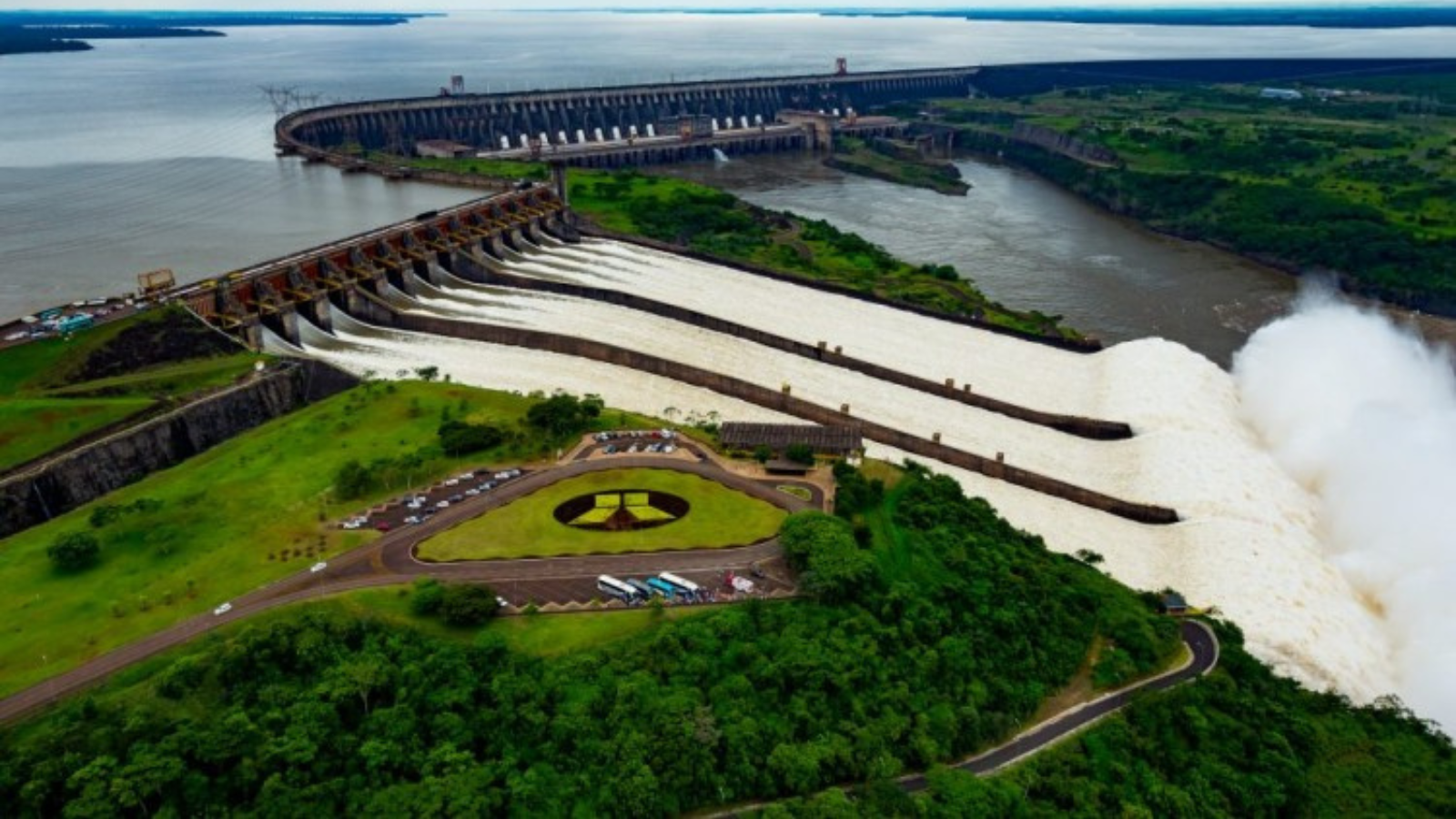Asunción, Jan 1 (EFE).- The Itaipu hydroelectric plant, shared by Paraguay and Brazil, reached a production of 2,900 million megawatt hours (MWh) of electrical energy accumulated since May 1984, when it started operations in December 2022 , enough to meet global demand for approximately a month and a half.
This was confirmed to EFE by the Superintendent of Operations of the Itaipu Technical Department, Hugo Zárate, who indicated that this milestone was reached on December 27.
“With the 2,900 million MWh we would meet Paraguay’s electrical energy requirements for 145 years, in global terms, we would be talking about a month and a half approximately,” said Zárate, who responded to a questionnaire in writing.
The expert described this cumulative production as “immense”, compared to non-renewable energy sources.
As an example, he mentioned international reference values, according to which “the thermal equivalent of this generation would be 16,214,000 barrels of oil equivalent (boe) per day or 777 million cubic meters of natural gas per day.”
Figures from Itaipu indicate that the consumption of the Interconnected System of the National Electricity Administration (ANDE) of Paraguay would be around 20,000,000 MWh in 2022.
For its part, the consumption of the Brazilian interconnected system is estimated to rise to approximately 602,870,000 MWh in 2002, according to Zárate.
Until last December 27, the amount of energy generated in 2022 was 5.09% higher than that of 2021, which was 66,369 gigawatt hours (GWh). For this reason, it was estimated that at the end of last year, the dam would reach an annual production of 70 million MWh, the binational entity detailed in a statement.
The dam, which started operations on May 5, 1984 and was officially inaugurated on October 25 of that year, covers about 85% of the energy requirement of Paraguay and about 12% of Brazil.
The Itaipu Hydroelectric Power Plant “retains the leadership of the largest generator of clean and renewable hydroelectric energy on the planet,” this entity highlights on its website.
This work is the second in the world in size, after the Chinese dam of the Three Gorges. EFE
lb/jrh


















